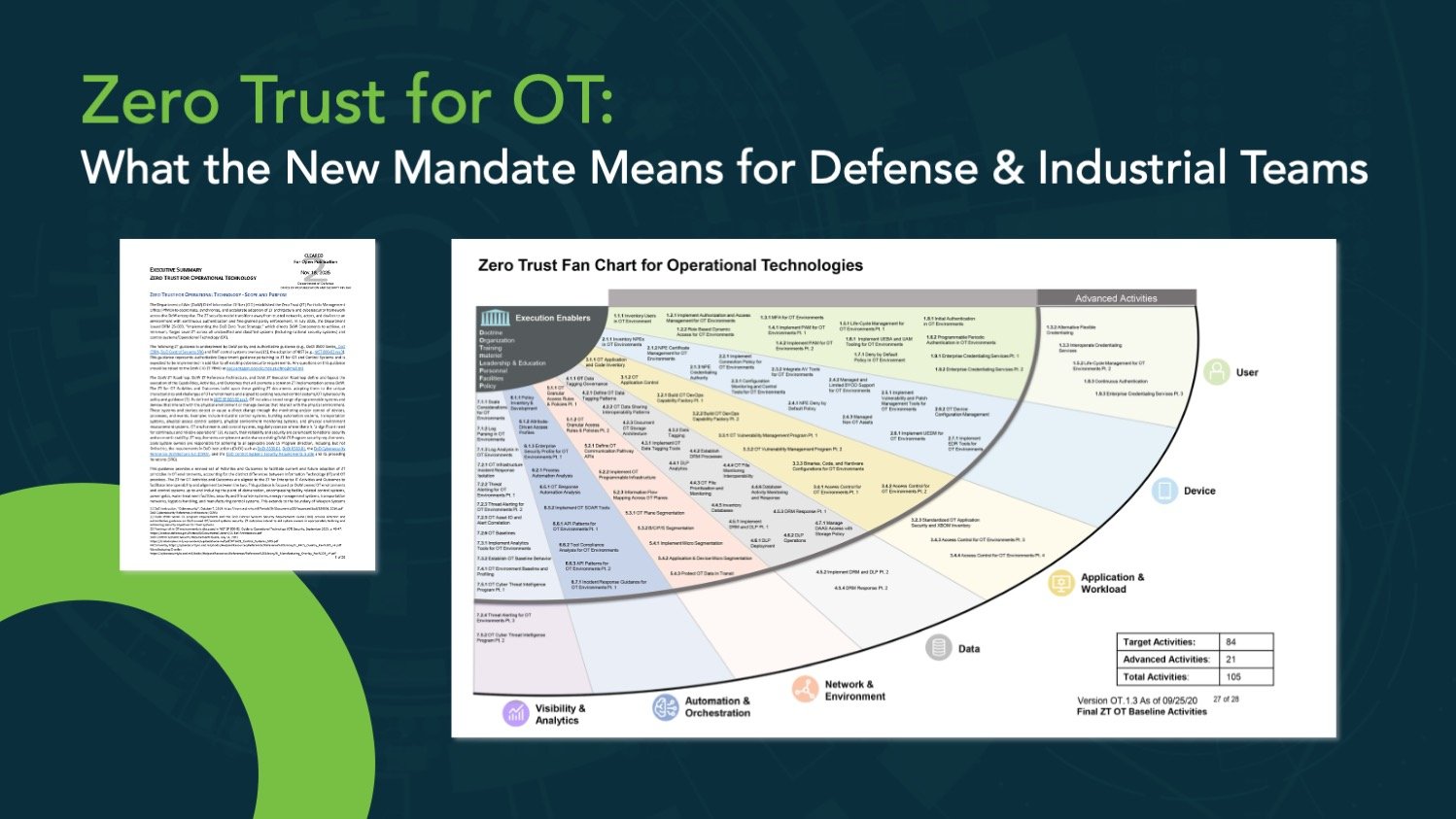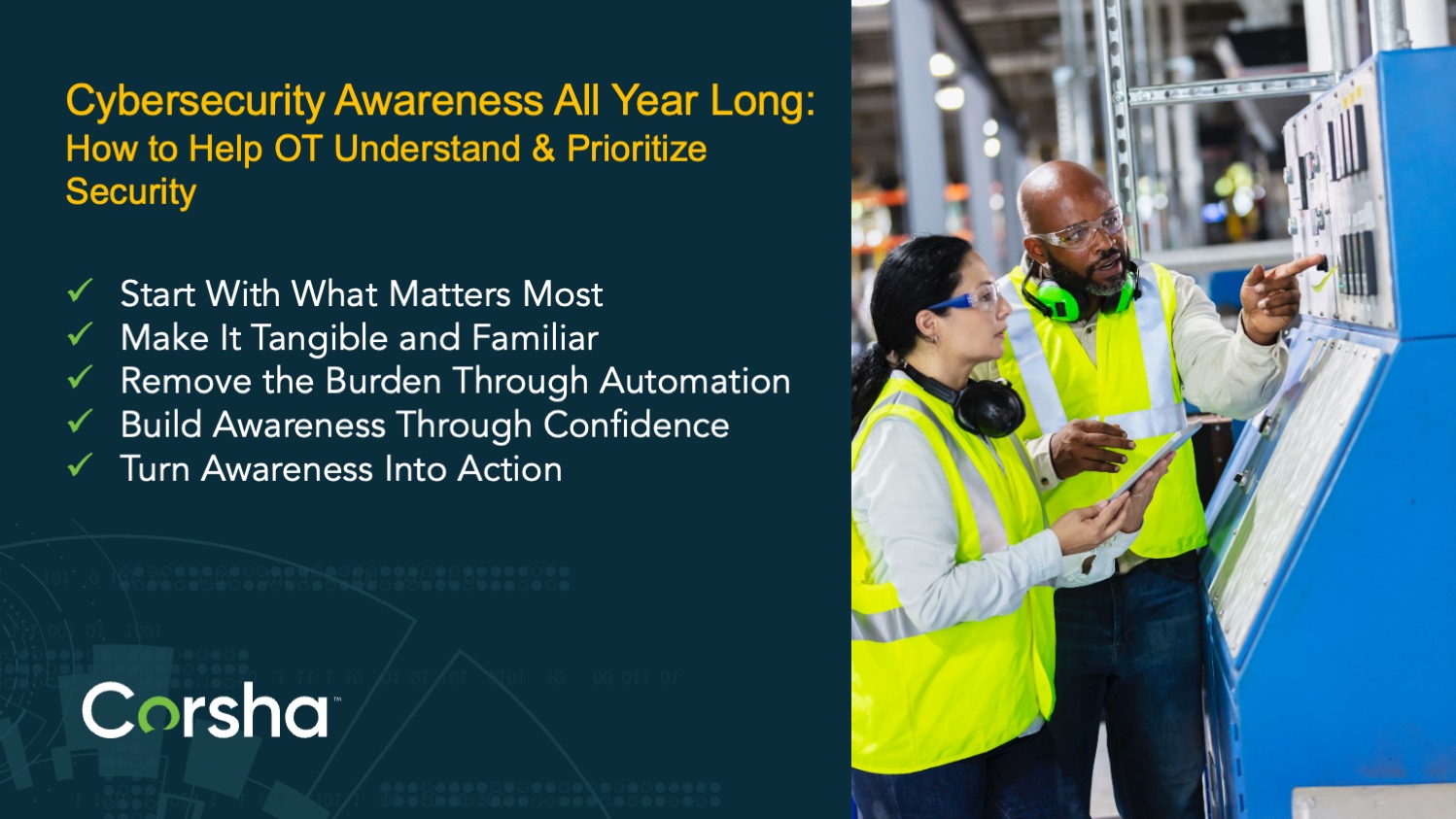Interconnected systems and data-driven operations require a comprehensive and holistic approach to security. While securing individual endpoints remains crucial, organizations must now extend their focus to fortifying the entire ecosystem of machine-to-machine (M2M) communication. Companies should adopt a holistic security strategy that not only safeguards individual endpoints but also ensures the resilience of the entire ecosystem against evolving threats.
Securing the digital ecosystem necessitates a shift from siloed security measures towards a comprehensive strategy that considers the intricacies of machine-to-machine interactions. Such an approach involves addressing vulnerabilities at every layer of the communication chain, from endpoints and APIs to the networks and cloud environments that facilitate M2M communication.
Inadequate security in M2M communication poses various risks, including data breaches, unauthorized access, and compromised system integrity. The interconnected nature of devices and services creates a complex web of potential vulnerabilities that can be exploited by malicious actors, emphasizing the need for a holistic defense mechanism.
The Role of Machine Identity:
Central to a holistic security approach is the implementation of robust machine identity protocols to ensure that only authenticated and authorized entities can engage in M2M communication, mitigating the risk of unauthorized access. This includes dynamic identity generation, secure authentication mechanisms, and fine-grained access controls.
Holistic security entails implementing robust encryption protocols to protect data in transit and at rest. By securing the communication channels between machines, organizations can safeguard sensitive information from interception and unauthorized access. Additionally, ensuring data integrity through cryptographic measures prevents tampering and manipulation during transmission.
In a landscape where cyber threats are constantly evolving, a holistic security approach should emphasize adaptability. This involves staying abreast of emerging threats, regularly updating security protocols, and leveraging artificial intelligence and machine learning for predictive threat analysis.
Checklist for Streamlining Machine Identity Management
A proactive security strategy involves continuous monitoring of M2M communication for anomalies and potential threats. Advanced threat detection mechanisms, coupled with real-time monitoring, empower organizations to identify and respond swiftly to emerging security risks, thereby maintaining the resilience of the ecosystem.
Implementing this checklist as a first step in securing M2M communication will not only fortify the security of machine identities but also provide flexibility and control in managing diverse connections within your organizational ecosystem:
-
Discover and Audit Connections: Identify and audit all connections to managed services for enhanced security. Ensure that only trusted clients have access to protected services and data.
-
One-Time-Use Credentials: Implement one-time-use credentials for machine communications, automated API traffic, and CICD pipelines.
-
Automate Identity Rotation: Develop a system for automatically generating dynamic identities for managed clients.
-
Real-time Access Control: Establish real-time access controls to swiftly respond to evolving threats. Enable the ability to start, stop, or schedule remote access with a simple and immediate process.
-
Flexible Access Scheduling: Align identity and access policies with business operations, and optimize connectivity by scheduling access based on operational needs.
Adopting a holistic approach to security is no longer a choice but a necessity in the face of increasing cyber threats. Safeguarding the entire ecosystem of machine-to-machine communication requires a combination of robust IAM, encryption, continuous monitoring, and adaptability to emerging threats. By implementing these measures, organizations can not only secure individual endpoints but also create a resilient environment that withstands the complexities of contemporary cybersecurity challenges.


